
How do you use an electric toothbrush with vibration?
Introduction
Using an electric toothbrush with vibration offers an enhanced cleaning experience and potential oral health benefits. To maximize its effectiveness, it is important to understand how to properly use an electric toothbrush with vibration. In this article, we will explore the steps and techniques for using an electric toothbrush with vibration, including brush head placement, brushing technique, timing, and additional oral care considerations.
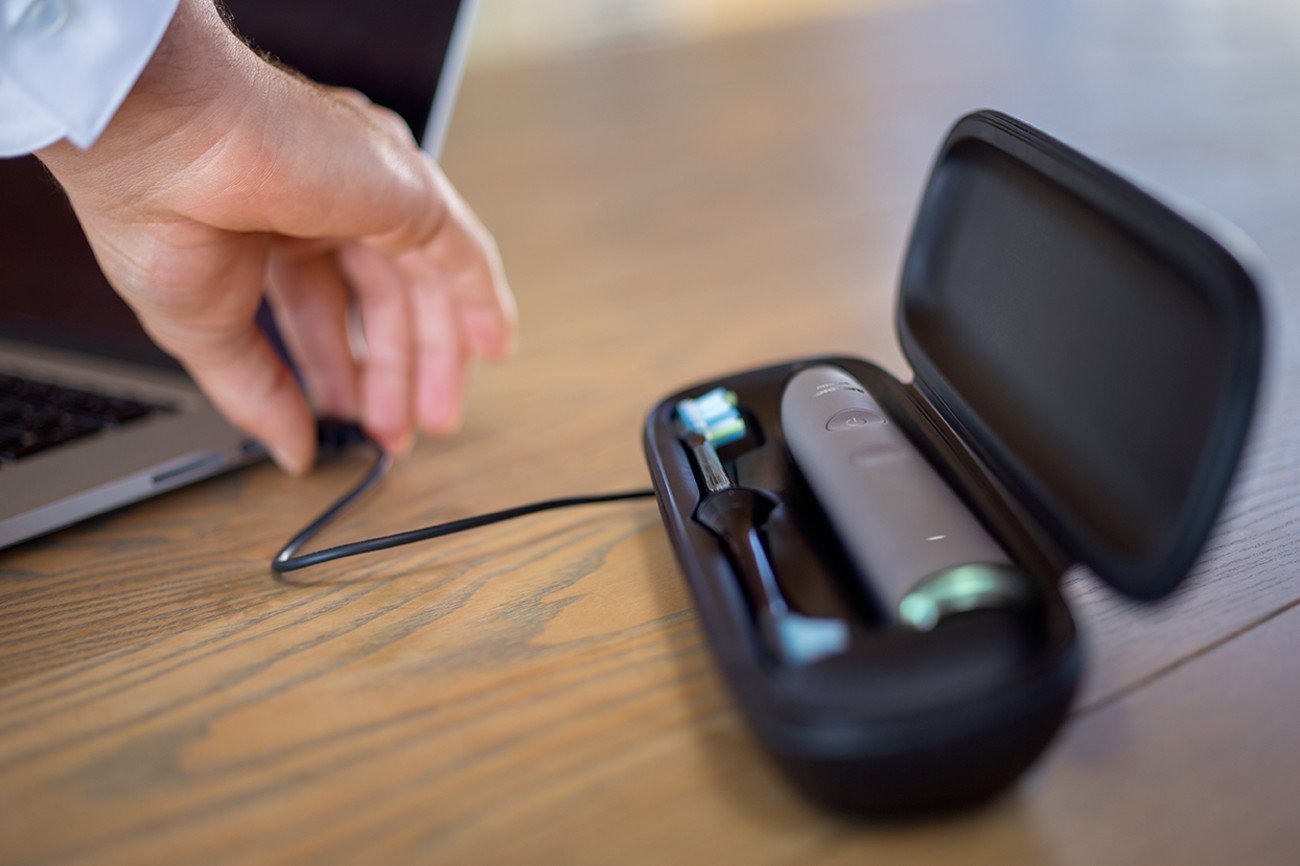
How do you use an electric toothbrush with vibration?
Brush head placement
Proper brush head placement is important for effective cleaning and optimal coverage of all surfaces of your teeth and gums. Consider the following steps:
Apply toothpaste: Apply a pea-sized amount of toothpaste onto the brush head. This ensures adequate coverage and helps facilitate the cleaning action.
Position the brush head: Place the brush head against your teeth, angling it at a 45-degree angle towards the gumline. Ensure that the bristles of the brush head make contact with both your teeth and gums.
Divide your mouth into quadrants: Mentally divide your mouth into four sections – upper right, upper left, lower right, and lower left. Start with one quadrant and move sequentially to ensure that all areas of your mouth receive equal attention.
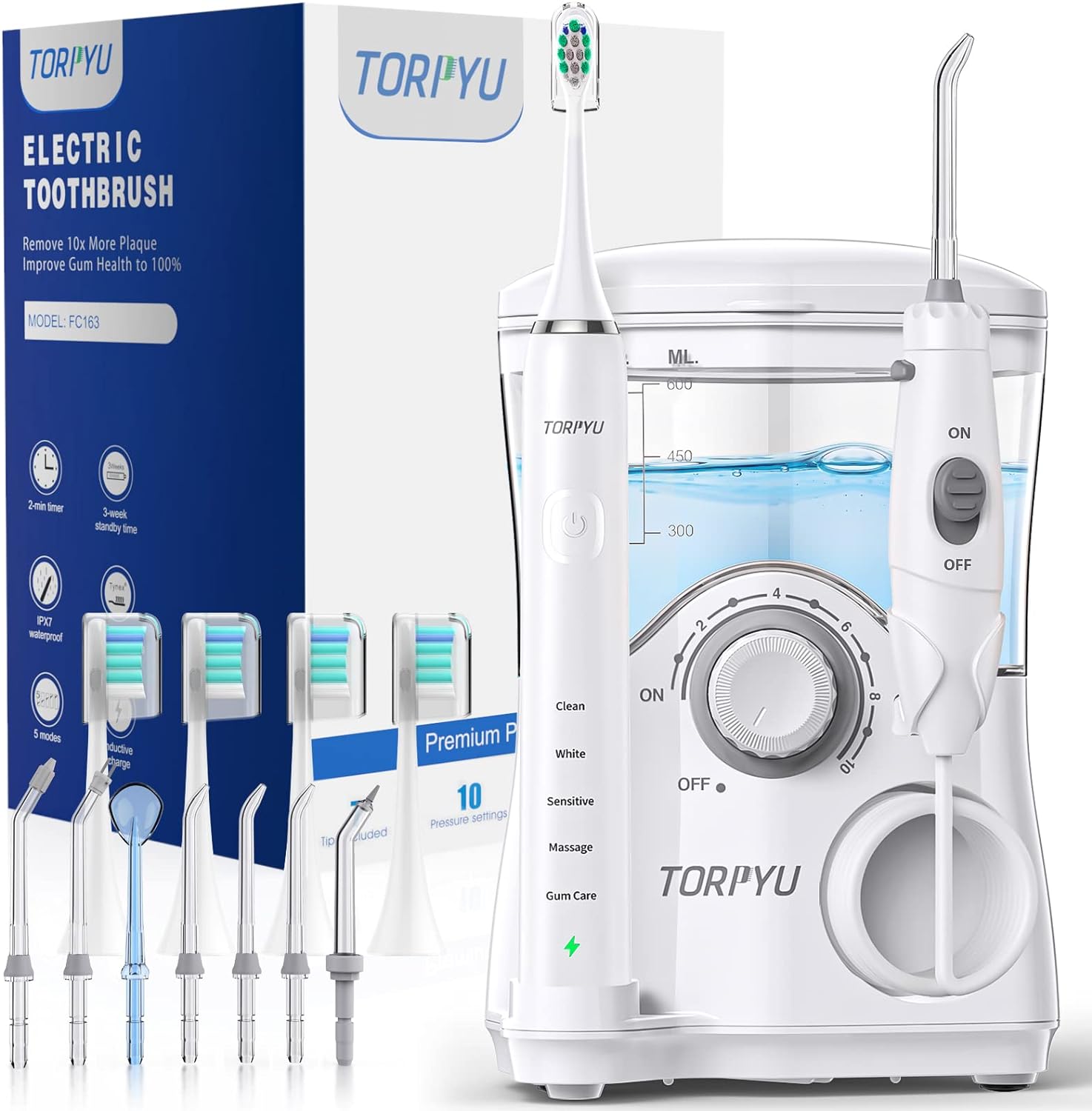
Brushing technique
Proper brushing technique is key to effective plaque removal and maintaining oral health. Consider the following steps and techniques:
Gentle pressure: Avoid applying excessive pressure while brushing. Allow the vibrations and bristles of the electric toothbrush to do the work. Using gentle pressure helps prevent gum irritation and enamel erosion.
Circular motions: Move the brush head in small, circular motions along the surfaces of your teeth and gums. Ensure that you cover both the front and back of your teeth, as well as the chewing surfaces.
Pay attention to the gumline: The gumline is an area where plaque tends to accumulate. Pay extra attention to this area by angling the brush head towards your gums and gently moving along the gumline.
Timing
The recommended brushing duration for most individuals is two minutes, but it may vary depending on specific oral health needs. Consider the following:
Built-in timers: Many electric toothbrushes have built-in timers that pause or signal when the recommended brushing time is reached. These timers help ensure that you brush for the appropriate duration without the need for external timing devices.
Quadrant timing: To ensure thorough coverage, spend approximately 30 seconds on each quadrant of your mouth. This facilitates equal attention to all areas and contributes to comprehensive cleaning within the recommended brushing time.
External timing devices: If your electric toothbrush does not have a built-in timer, you can use external timing devices, such as a mobile app timer, kitchen timer, or stopwatch. Set the timer for two minutes and ensure that you brush until the timer goes off.
Personalization: Your dental professional may provide specific recommendations for brushing duration based on your individual oral health needs. Consult with them for personalized guidance.
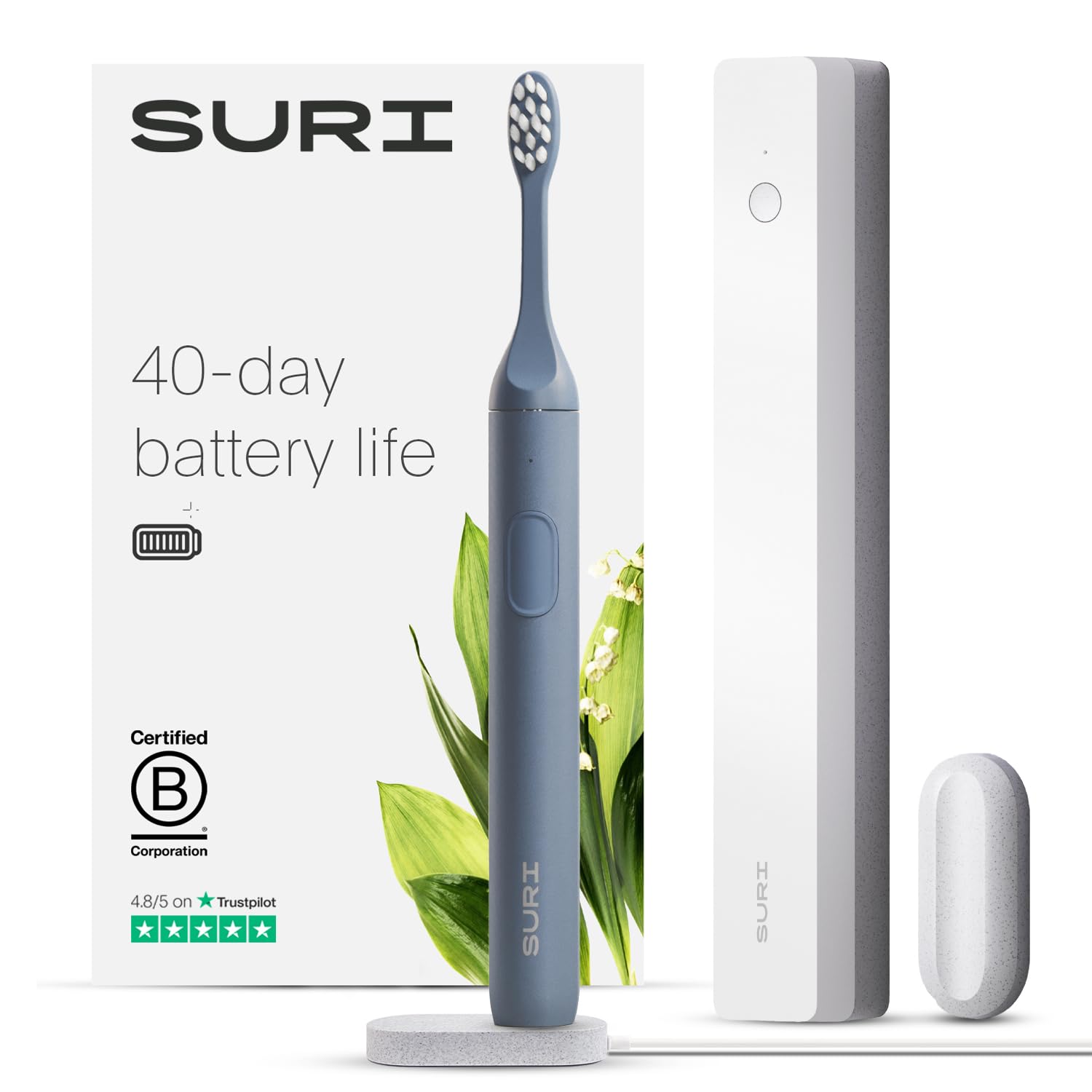
Additional oral care considerations
Using an electric toothbrush with vibration is an important part of maintaining oral health, but it is not the only aspect. Consider the following additional oral care considerations:
Flossing: Electric toothbrushes are not designed to replace flossing. It is important to incorporate daily flossing into your oral care routine to effectively remove plaque and debris from between your teeth and along the gumline.
Tongue cleaning: Don’t forget to clean your tongue as part of your oral care routine. Gently brush your tongue or use a tongue scraper to remove bacteria and freshen your breath.
Mouthwash: Incorporating an antimicrobial mouthwash into your routine can provide additional oral health benefits. Rinse your mouth with mouthwash after brushing and flossing to help kill bacteria and freshen breath.
Regular dental check-ups: Regular visits to your dental professional for check-ups and cleanings are essential for maintaining optimal oral health. They can assess your oral health needs, provide personalized guidance, and address any concerns you may have.
Brush head replacement: It is important to replace the brush head of your electric toothbrush regularly. Follow the manufacturer’s recommendations, typically every three to four months or sooner if the bristles are worn or damaged.
Cleaning and maintenance: Clean your electric toothbrush after each use by rinsing it thoroughly under warm water. Store it in an upright position to allow it to air dry. Regularly clean the brush head to prevent the buildup of debris or bacteria.
Consultation with dental professional: If you have any specific concerns or questions about using an electric toothbrush with vibration, consult with your dental professional. They can provide personalized guidance based on your oral health needs and make recommendations tailored to your situation.
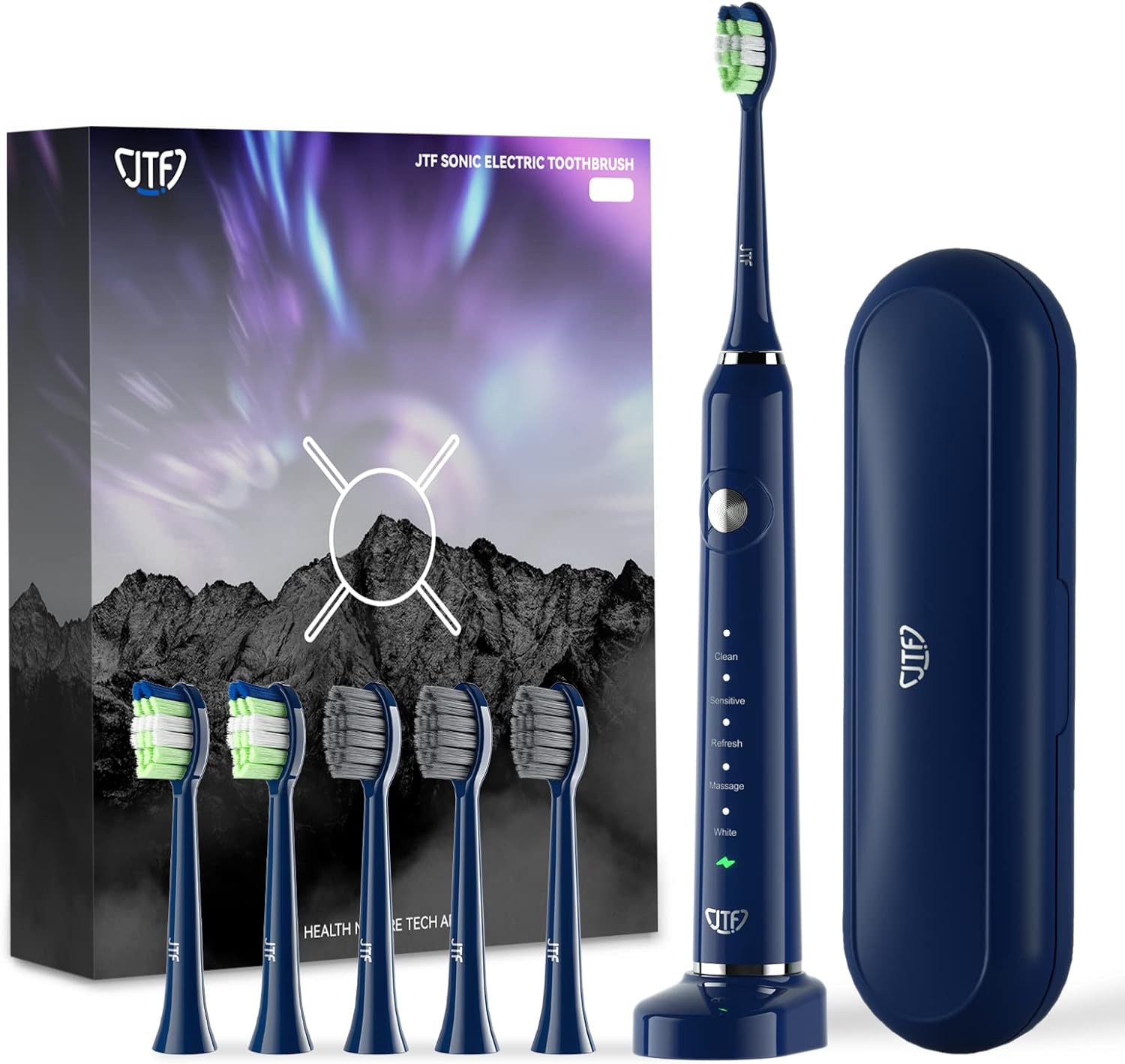
Additional tips for using an electric toothbrush with vibration
In addition to the steps and techniques mentioned earlier, the following tips can further enhance your experience and maximize the benefits of using an electric toothbrush with vibration:
Start slowly: If you are new to using an electric toothbrush with vibration, start with a lower intensity setting. Gradually increase the intensity as you become more comfortable and accustomed to the sensation.
Use the appropriate brush head: Different electric toothbrush models offer various brush head options, such as soft bristles, specialized bristle patterns, or brushes designed for sensitive teeth. Choose the brush head that suits your oral health needs and preferences.
Angle the brush head correctly: To effectively clean all surfaces of your teeth, angle the brush head towards the gumline at a 45-degree angle. This allows the bristles to reach the areas where plaque and bacteria tend to accumulate.
Don’t brush too hard: While the vibrations of an electric toothbrush can provide a deep clean, avoid pressing too hard against your teeth and gums. Applying excessive pressure can lead to gum irritation and enamel erosion.
Clean all surfaces of your teeth: Ensure that you brush the front, back, and chewing surfaces of your teeth. Pay attention to hard-to-reach areas, such as the back molars and the sides of your teeth.
Replace the brush head regularly: Over time, the bristles on the brush head become worn and less effective. Follow the manufacturer’s recommendations for replacing the brush head, typically every three to four months or sooner if the bristles are frayed or splayed.
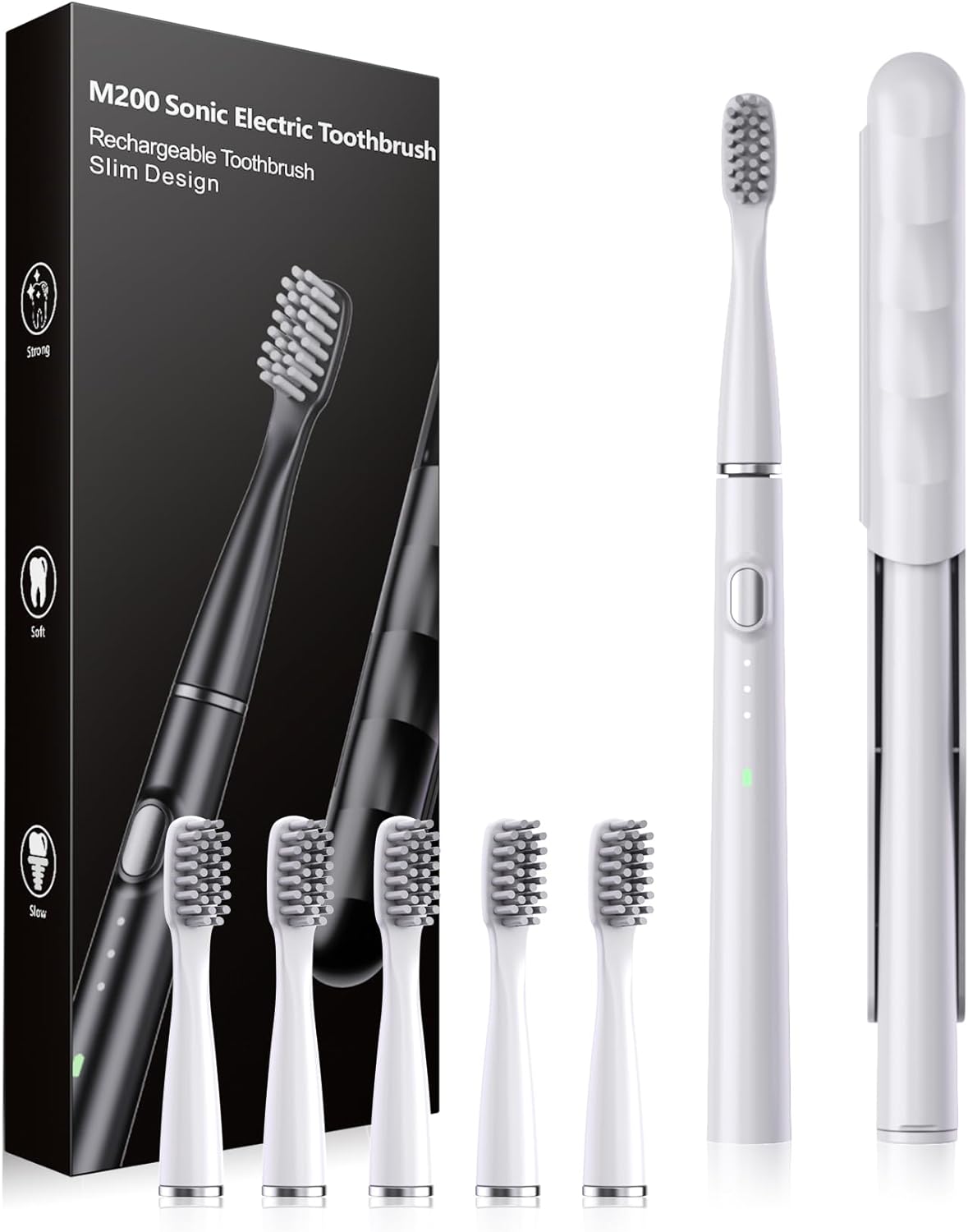
Conclusion
Using an electric toothbrush with vibration offers an enhanced cleaning experience and potential oral health benefits. Proper use involves correct brush head placement, gentle pressure, circular motions, and attention to the gumline. Timing your brushing routine is important, aiming for the recommended two minutes or as advised by your dental professional. Additional oral care considerations, such as flossing, tongue cleaning, mouthwash use, regular dental check-ups, brush head replacement, and cleaning and maintenance, contribute to comprehensive oral care. By incorporating these steps and considerations into your oral care routine, you can maximize the effectiveness of your electric toothbrush with vibration and maintain optimal oral health.




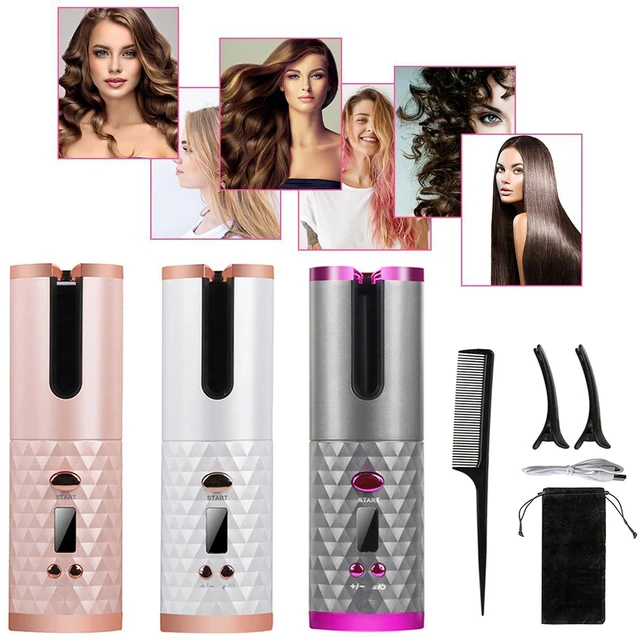

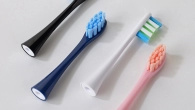
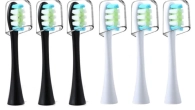
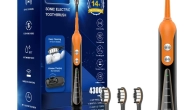
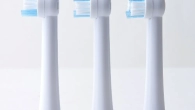

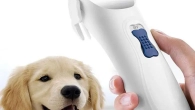
Leave a Reply
You must be logged in to post a comment.